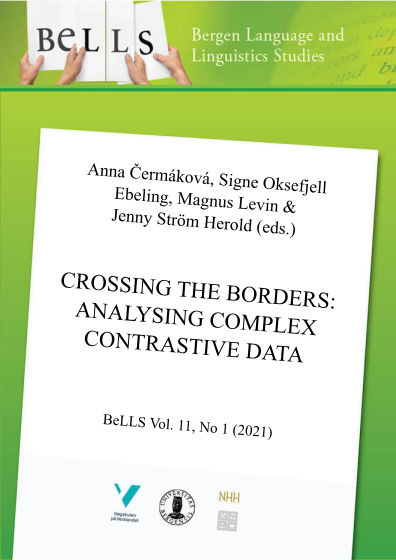RAF, DNA and CAPTCHA: English acronyms in German and Swedish translation
DOI:
https://doi.org/10.15845/bells.v11i1.3443Abstract
This study investigates acronyms in English originals and their translations into German and Swedish, comparing forms, functions and distributions across the languages. The material was collected from the Linnaeus English-German-Swedish corpus (LEGS) consisting of original and translated popular non-fiction. From a structural point of view, acronyms most often occur as independent noun heads (When IBM introduced […]) or as premodifiers in a noun phrase (PGP encryption). Due to morphosyntactic differences, English acronym premodifiers often merge into hyphenated compounds in German translations (UN-Klimakonvention), but less frequently so in Swedish. The study also discusses explicitation practices when introducing source-culture specific acronyms in the translations. German translators explain and elaborate more than Swedish translators and they do so in the German language. Swedish translators, however, use English to a greater extent, suggesting that Swedish readers are expected to have better knowledge of English than German readers.
Downloads
Pubblicato
Come citare
Fascicolo
Sezione
Licenza
Copyright (c) 2021 Jenny Ström Herold, Magnus Levin, Jukka Tyrkkö

Questo lavoro è fornito con la licenza Creative Commons Attribuzione - Non commerciale 4.0 Internazionale.


